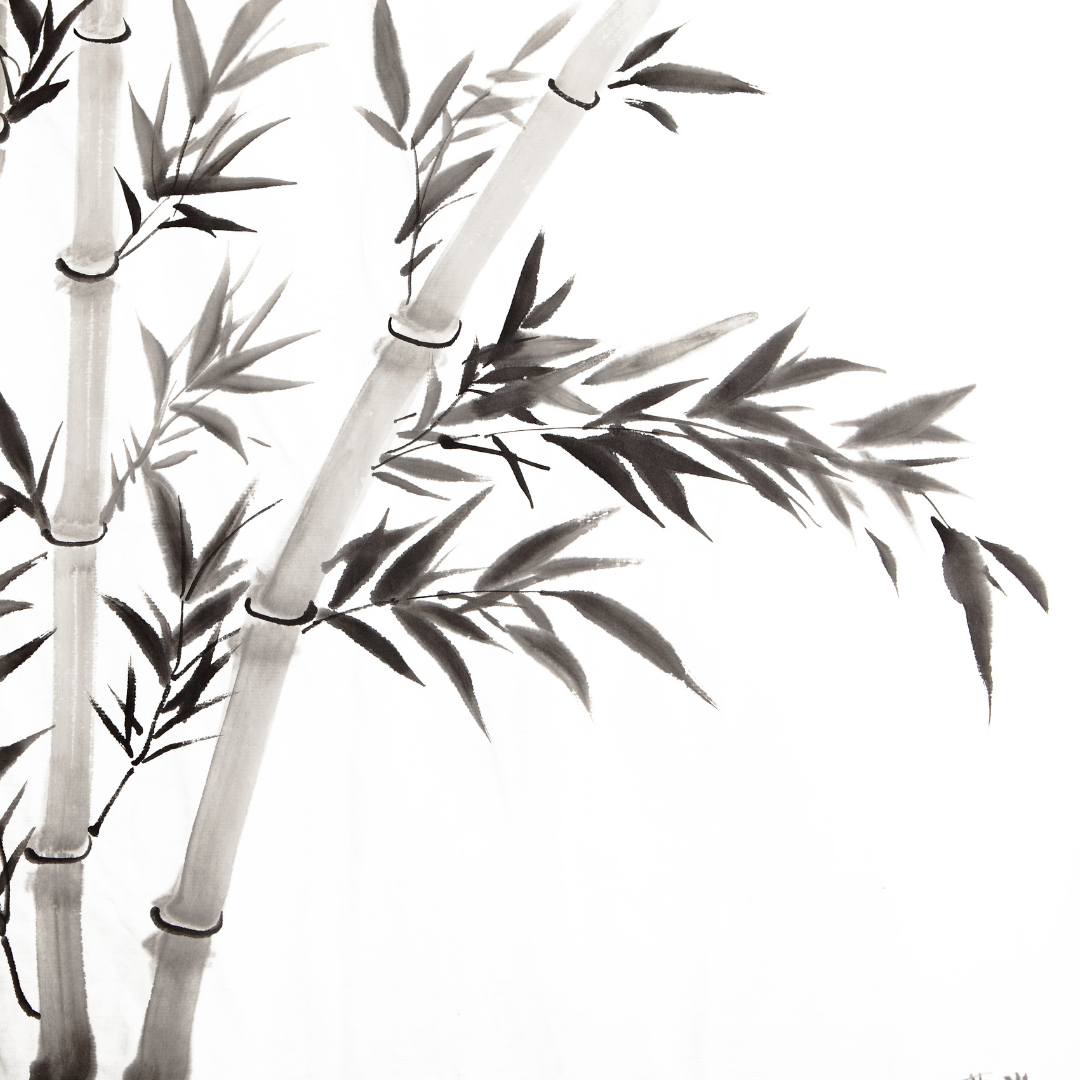Chinese Brush Painting is a traditional Chinese art and cultural practice that dates back more than 2,000 years ago. It can be accurately described as a kind of calligraphy, but it’s more than simply writing or drawing with a brush. The Chinese calligraphy brush is a slender but flexible bamboo stick that is typically held upright. Like calligraphy, Chinese Brush Painting involves a combination of methods and styles, but Chinese Brush Painting encompasses the entire process of creating a work of art from start to finish.
People use brushes to paint on the walls, ceilings, and floors of their houses and buildings. However, these brushes are made from different kinds of materials. A brush is made out of wood, a tissue paper, or a paintbrush. Chinese brush painting is a kind of painting that involves using a brush to draw images on a large piece of stone. The Chinese brush painting is a traditional painting technique for Chinese artists. The Chinese brush painting is a traditional painting technique for Chinese artists, which can be traced back to the Han Dynasty in China. Chinese brush painting is a traditional painting technique for Chinese artists, which can be traced back to the Han Dynasty (206 B.C -220 A.D). It is a popular style of painting.
There are roughly two types of art enthusiasts: those who enjoy the process of creating art and those who prefer the finished product. It’s the first group that will be interested in this blog post, wherein I will be discussing a Chinese art technique called “brush painting.” As the name suggests, it is a means of creating art by using brushes. There are two kinds of brushes: the round brush, which is used for large-scale paintings, and the square brush, which is used for small-scale paintings.
Chinese brush painting refers to a set of traditional Chinese painting styles, which evolved over thousands of years. The subject is also extremely diverse, ranging from landscapes to the human form to figures and animals. The evolution of Chinese brush painting can be traced through a series of distinct styles and schools, some of which may be centuries old.
One of the applications this style of painting is commonly seen on is in chinaware. Chinaware is the art of making and decorating ceramic containers and utensils. The most common form of Chinese brush painting is called “Lintong” (粘彩). The process of creating Chinese brush paintings is known as “yizi” (油画) in China. The artist uses a brush to draw a design onto a heated clay substrate while the clay dries.
Chinese brush painting is part of the traditional Chinese art of calligraphy. It is characterized by brushstrokes that are quick, short, and fluid. Brush painting is even more than calligraphy since it consists of many preparation steps for and execution of a painting. In the past, Chinese brush painting used to be in the form of ink on cloth paper. Today, Chinese brush painting is also performed in other formats, including ink, oil, acrylic, and other flexible paint media.
Chinese brushes are made from different materials, depending on the purpose it was made for. For example, the bristles are made from different materials, the handles are made from different materials, and the handles are made from different materials. Chinese Brush Painting is a highly ritualized form of painting that dates back thousands of years. The art form, which is used to decorate temple ceilings and doors, is thought to have originated in China. The art is characterized by brushstrokes that are characterized by their fine detail and lack of brushstrokes.
Chinese Brush Painting, known as Zuoshui in Chinese, is sort of like calligraphy, but with a lot more imagination. According to the information I found, it’s not really a unified art form but rather a group of related styles. The basic premise is to use different brushes of varying sizes and to mix different types of ink and pigments. The final result can be anything from a light, simple painting to a full-blown collage.
